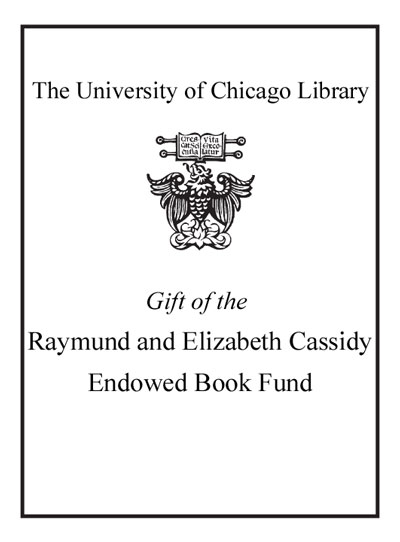Review by Choice Review
Houk, an archaeologist at Texas Tech University, has conducted research in the modern nation of Belize, in Central America, since the late 1980s. Most of his book is dedicated to descriptions and comparisons of 14 ancient Maya sites distributed across Belize. Houk prefaces this with three chapters on Belizean archaeology, an overview of Maya prehistory, the nature of Maya urbanism, and the environmental diversity of Belize. These introductory chapters can stand alone as an overview of Maya culture and its expression in architecture and site planning. Each site is described in a similar format, and the sites are organized both spatially and chronologically, giving insight into change over time. The standardized comparative approach used in this work is unique in Maya studies and will be a useful starting point for site-planning studies outside Belize as well. In his final two chapters, Houk uses a framework developed by Michael Smith in a 2007 article to assess spatial patterns and clues to the meanings of Maya sites. This book is excellent for undergraduates, is accessible for advanced high school students, and can also be used as a guidebook to the sites discussed. Summing Up: Highly recommended. All levels/libraries. --James John Aimers, SUNY Geneseo
Copyright American Library Association, used with permission.
Review by Choice Review

